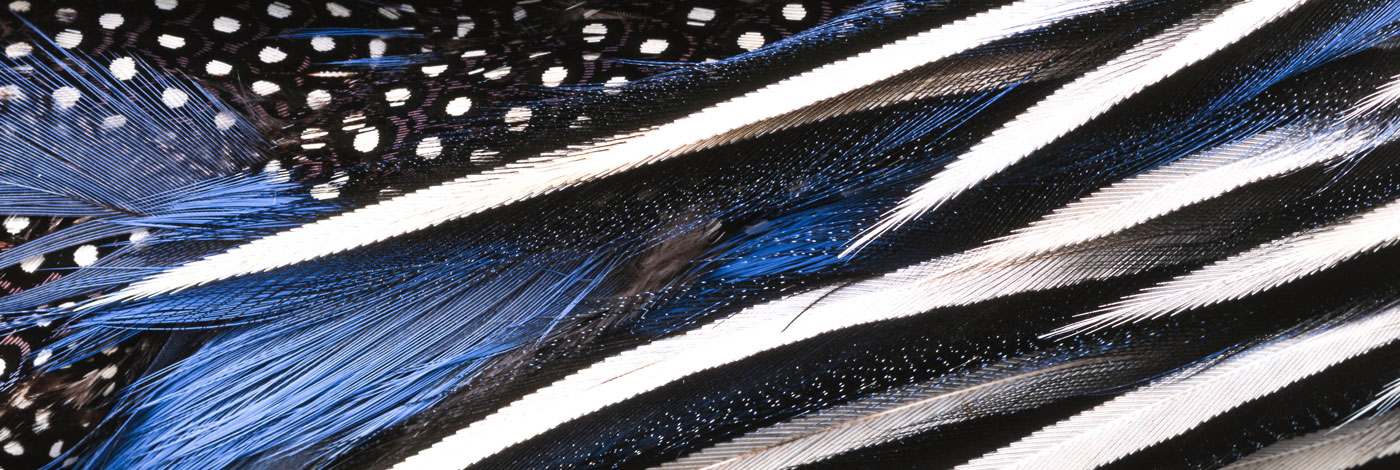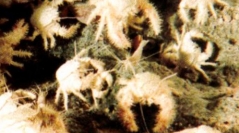

 Zoosystema
20 (2) - Pages 143-156
Zoosystema
20 (2) - Pages 143-156Two anomuran decapod crustaceans of the superfamily Galatheoidea that are new to science are described from hydrothermally active areas of the western Pacific Ocean. Uroptychus edisonicus n.sp., family Chirostylidae, from a volcanic crater on Edison Seamount near Lihir Island, Bismarck Archipelago, Papua New Guinea, is the third species of the genus known to occur in hydrothermally active areas, both of the others coming from the North Fiji Basin. The new species is more similar to non-hydrothermal congeners from the Banda Sea and the central North Pacific Ocean than to those known from vent areas. Shinkaia crosnieri n.g. n.sp., family Galatheidae, from active hydrothermal areas in the Okinawa Trough and Edison Seamount is placed in the monotypic Shinkaiinae n. subfam. having similarities to the Munidopsinae, but with distinctive characters of its own including carapace shape and ornamentation, very short (or reduced) epipods on the third maxillipeds, features of thoracic sternum, legs, and dense ventral mat of setae.
hydrothermal systems, West Pacific Ocean, Chirostylidae, Uroptychus, Galatheidae, Shinkaiinae, Shinkaia, biogeography.